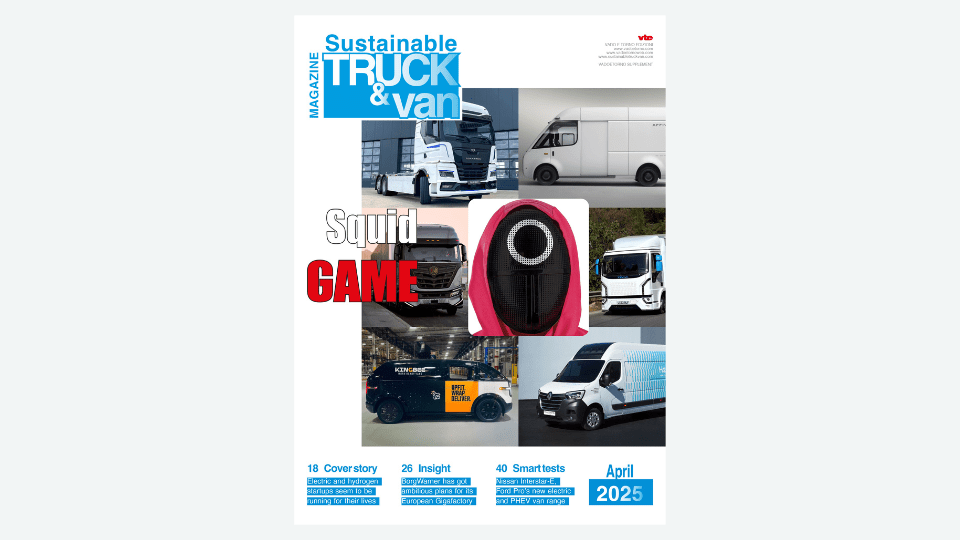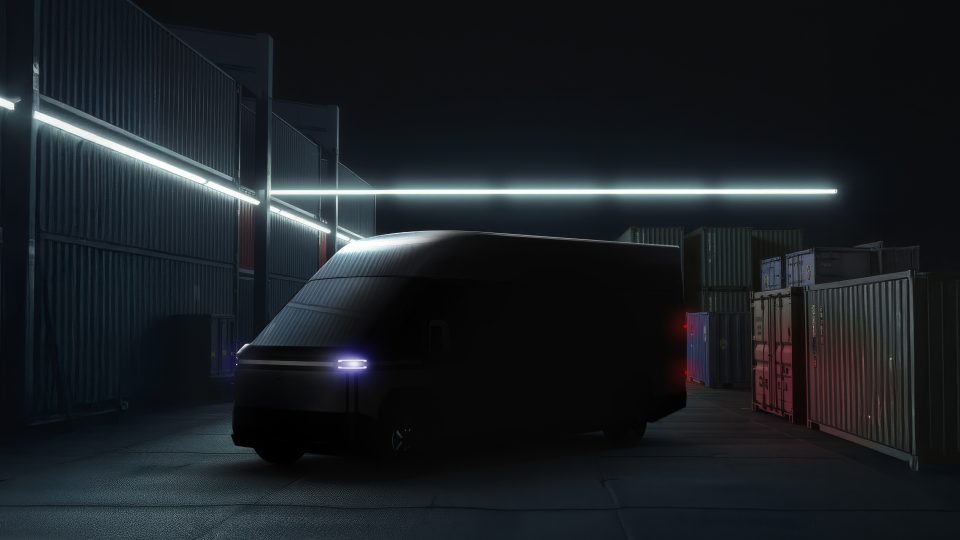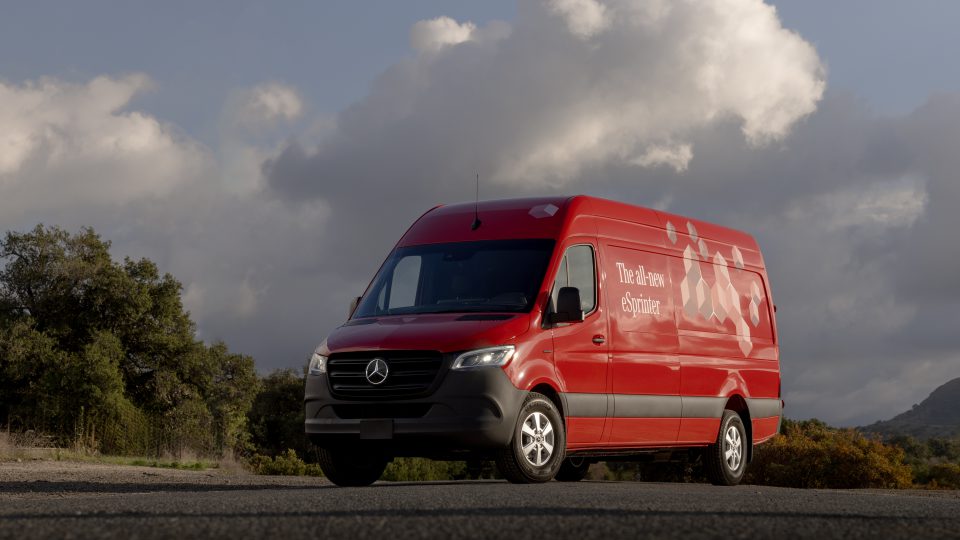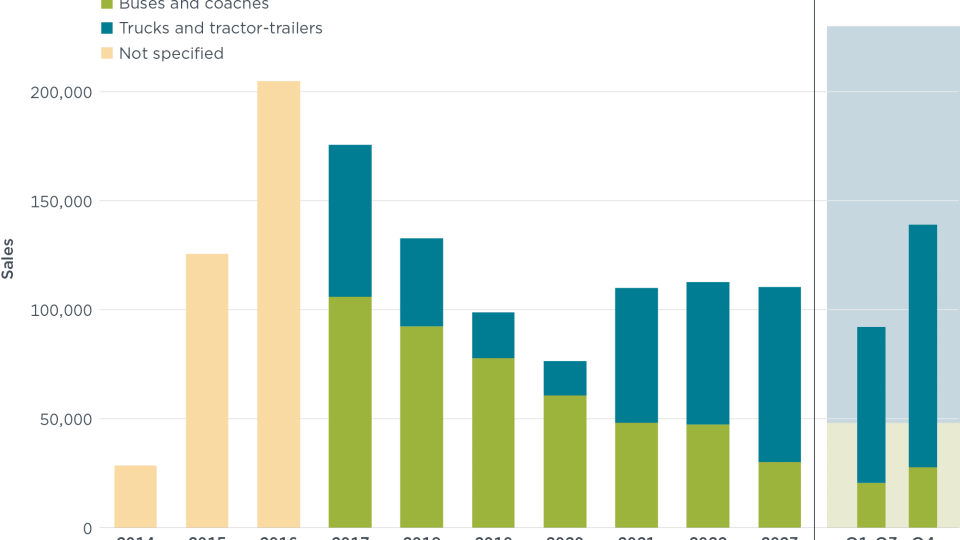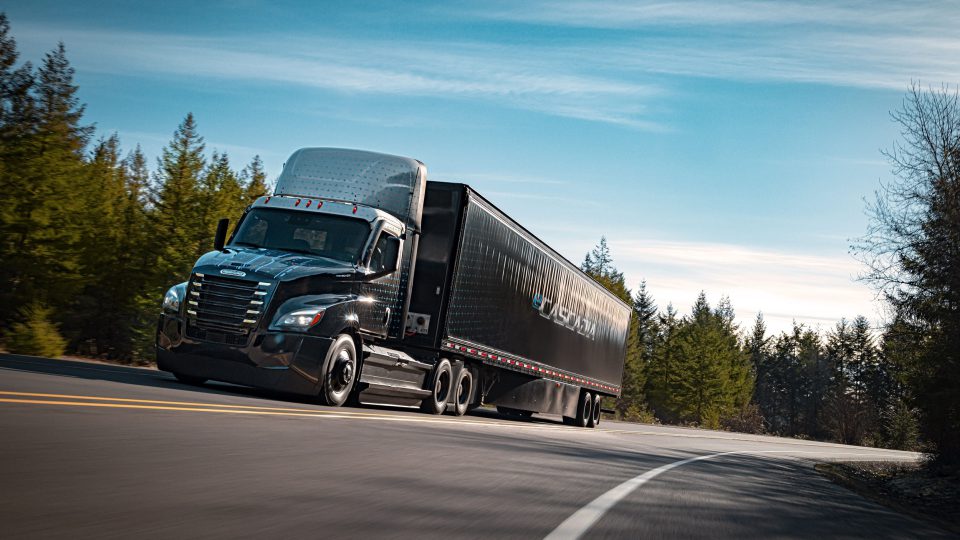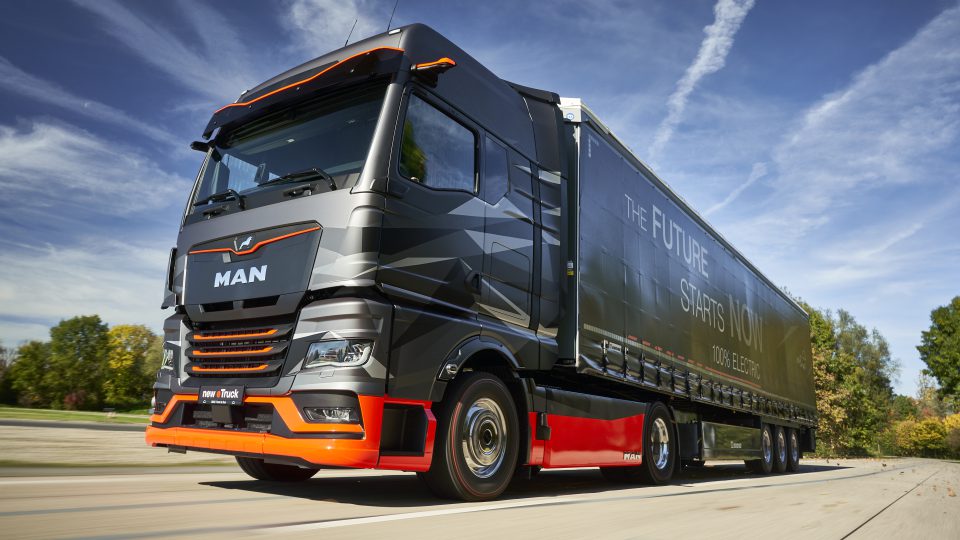BloombergNEF annual Electric Vehicle Outlook: how’s truck electrification doing?
«While many people default to thinking about heavy-duty long-haul trucking applications, those are arguably the hardest for electrification — technology adoption never starts with the hardest application first. Instead technologies find niches that allow the companies deploying them to learn, improve, iterate and move on to larger niches and eventually to widespread deployment».
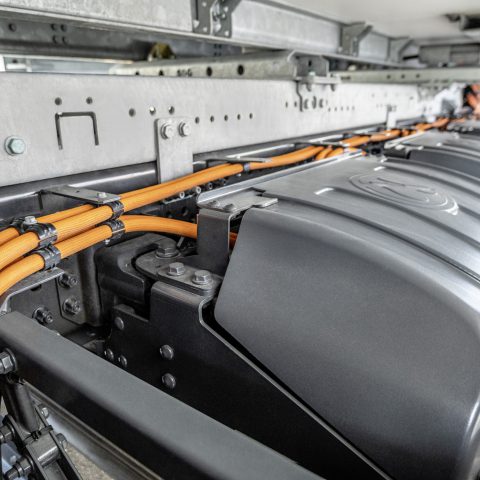
BloombergNEF released its annual Electric Vehicle Outlook, a key document to understand the current and future trends of transition to a low-carbon economy in the mobility sector. Talking about e-trucks, the report highlighted very significant differences between various vehicle segments. To sum up, the transition strongly depends on the type of vehicle as well as on the requirements of their users.
Just to give an idea, 44% of global sales of two and three-wheelers have already been electric in 2020, while only around 1% of global light commercial vehicle sales are electric and for heavy commercial vehicles the figures are even smaller.
«Heavier vehicles are harder to electrify»
Despite the above-mentioned sentence, written by BloombergNEF, the future is likely to be different. Garbage trucks have the perfect features to be electrified quite soon. They rarely go more than 100 miles in a day, almost never travel on the highway and instead stop and start a lot as it inches its way down the street, as pointed out in the report.
«While many people default to thinking about heavy-duty long-haul trucking applications, those are arguably the hardest for electrification — technology adoption never starts with the hardest application first. Instead technologies find niches that allow the companies deploying them to learn, improve, iterate and move on to larger niches and eventually to widespread deployment. So, pathways are more important to consider than end points when it comes to technology adoption», we read in the report.
Some more hints in BloombergNEF’s Electric Vehicle Outlook
In BNEF’s outlook, heavy-duty electric trucks become economically attractive in urban duty cycles by the mid-2020s. Megawatt-scale charging stations and the emergence of much higher energy density batteries by the late 2020s result in battery electric trucks becoming a viable option for heavy-duty long-haul operations, especially for volume-limited applications.
«Some heavily utilized commercial vehicles could still be hard to electrify due to the downtime needed for charging. Hydrogen fuel cell vehicles can be refueled faster and could play a role for some heavy duty long-haul applications, but many of the comparisons that make fuel cell vehicles look better on paper assume relatively slow improvements in batteries and charging technology. Based on the last decade, when battery prices plummeted, battery energy density increase by about 7% a year, and charging speeds kept rising, assuming slow improvements looks like a very questionable bet. There is also growing interest in other forms of electrification for heavy trucks like battery-swapping and overhead catenary lines. Battery swapping stations for cars already outnumber hydrogen-refueling sites in China and that gap will get wider over the next few years».



